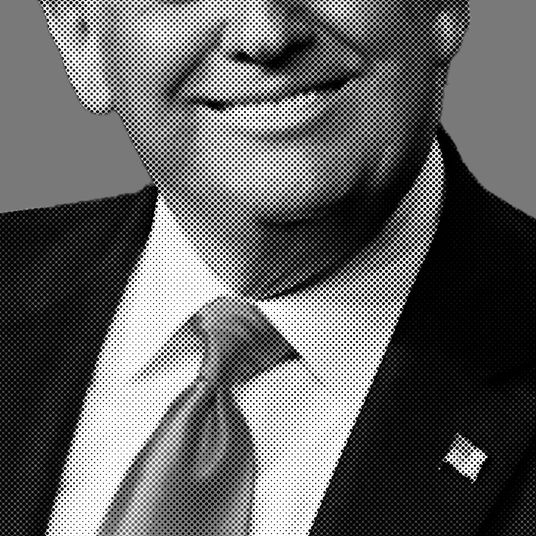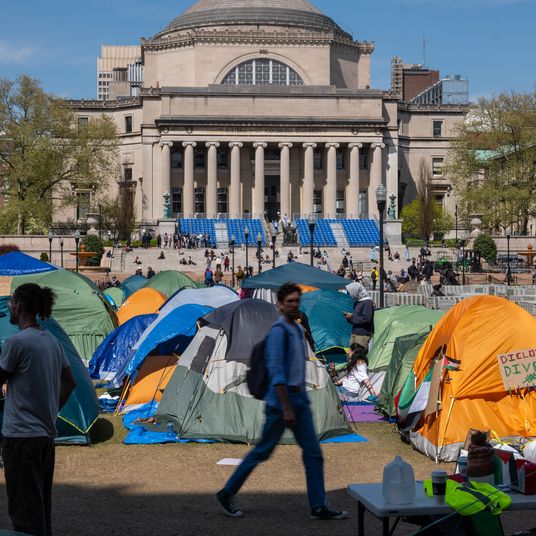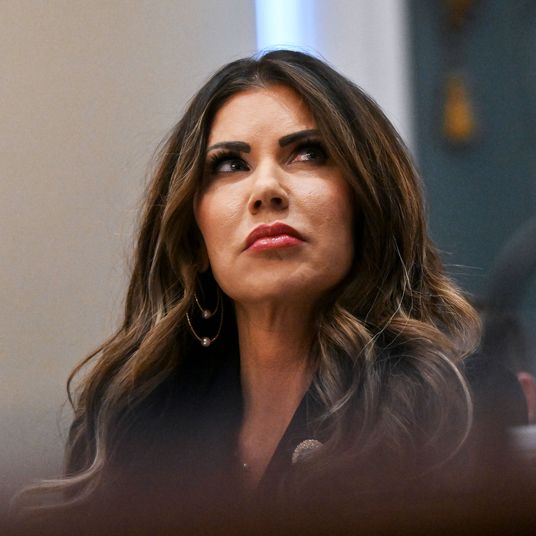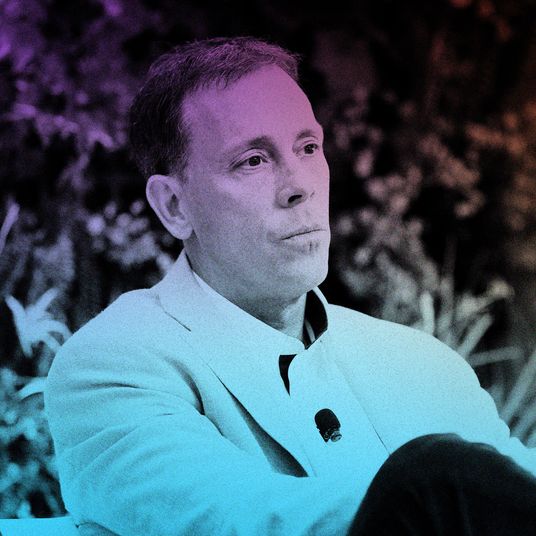The discourse of the Trump era has been dominated by a conceit that the two major parties have swapped economic identities. The Democrats have supposedly abandoned their historical role as spokespeople for the working class to represent the neoliberal global elite, while the Republicans have been transmuted into scruffy populists. On the left, a mood of self-flagellating agony has prevailed, even as the party has won several elections in a row. On the right, the Republicans’ populist credibility has intensified their long-standing paranoia, “proving” that everything from the culture wars to Donald Trump’s endless crime spree is in fact a plot by the powerful to control them.
Yet, funnily enough, the two parties remain stubbornly attached to their traditional distributive goals. The Democrats still want to tax the rich and spend on the non-rich. Republicans still want very badly to do the opposite.
The Washington Post reports that Donald Trump’s campaign brain trust is working on a new economic plan to anchor his campaign. The leading idea is to pass another huge tax cut for the wealthy (a cut in corporate tax rates), paired with a tax increase on the middle class (a 10 percent tariff).
Trump’s brain trust believes current economic conditions indicate the U.S. economy is being harmed by excessively progressive taxes. To be sure, they have consistently believed this for more than 30 years through every conceivable combination of economic circumstances: high inflation, low inflation, recession, boom, war and peace,
Supply-side economics is a religion masquerading as an economic theory, and Trump’s brain trust, as it were, is a collection of the high priests of the supply-side cult: Arthur Laffer (who first began promoting supply-side economics nearly 50 years ago), Stephen Moore, Lawrence Kudlow, and Newt Gingrich.
The same crew wormed its way into Trump’s inner circle in 2016, probably because most legitimate Republican economists were too grossed out by Trump. Despite intermittently promising to make rich people pay higher taxes, Trump’s first-term accomplishment centered on passing a tax cut that disproportionately benefited the rich:
The putative goal of cutting taxes for business owners was to incentivize them to plow more money into domestic investment. That did not happen. However, the Trump tax cuts also didn’t have any obvious or immediate costs. At the time, interest rates were very low and the labor market had not yet fully recovered from the 2008 recession. A deficit-financed tax cut, combined with a general spending spree, injected more demand into the economy and helped produce full employment and rising incomes until the pandemic struck.
The economic situation Trump would inherit in 2025 would be very different. Higher deficits and interest rates mean that borrowing money to fund a regressive tax cut would have an immediate economic cost. That’s why his advisers are planning to pair the next Trump tax cut for the rich with a 10 percent tariff, the revenue from which would, presumably, offset the cost.
The political trouble with this plan is that it exposes rather than hides the trade-offs inherent in giving rich people a huge tax cut. (Consumers would pay higher prices for a lot of goods right away.) The long-standing Republican formula, one employed by Ronald Reagan, George W. Bush, and Trump, is to pair huge tax cuts for the rich with small tax cuts for everybody else. Democrats complain the rich are getting a disproportionate share, Republicans lie about it and then make a lot of noise about some other, more easily digestible wedge issue (the war on terror, gay marriage, the caravan, etc.).
The supply-siders are not concerned about this cost because they really, really care about the issue. To them, cutting taxes for the rich is the main purpose of politics. They’re not doing it to get elected; they’re trying to get elected to do this, and they are willing to bear whatever cost comes along with pursuing their central objective. The sheer depth of their commitment is, in a way, admirable, if you overlook both the total objective failure of their economic model and their promiscuous dishonesty about it.
But where that leaves the rest of the party is another matter. The supply-side wing’s strangehold on the Republican policymaking apparatus is a historical marvel, one I studied in my first book two decades ago. The party’s voters don’t share this priority at all. Increasingly, Republican-aligned intellectuals also reject it. Trump has allowed the conservative intelligentsia to develop a deep fantasy in which they represent a barefoot movement of the soil. Many of them truly seem to believe their own pseudo-populist rhetoric; they are motivated by team loyalty more than any specific policy, to which they generally pay little attention.
But Trump is a crook, not an enemy of the rich. And the next Trump term, should there be one, will be even more oligarchic than the last.






























